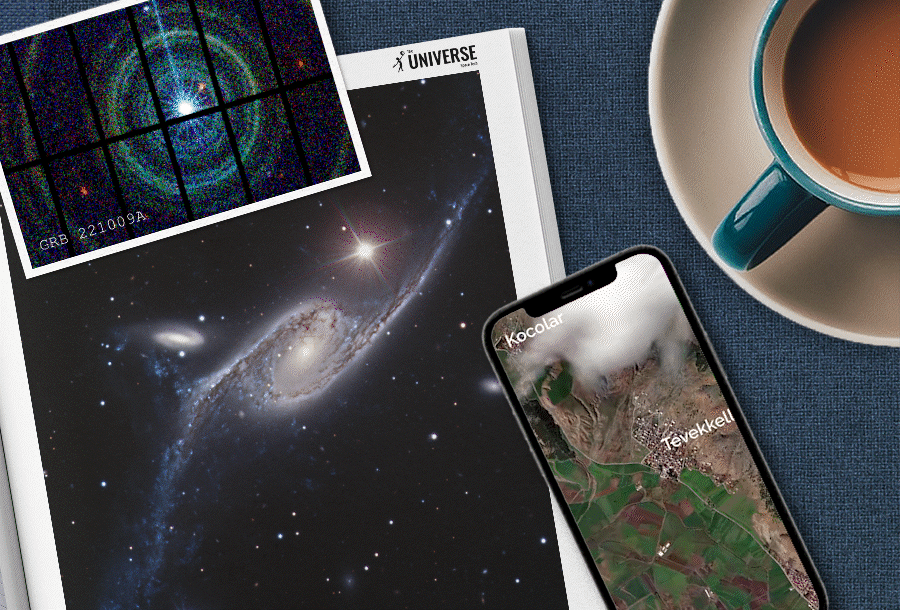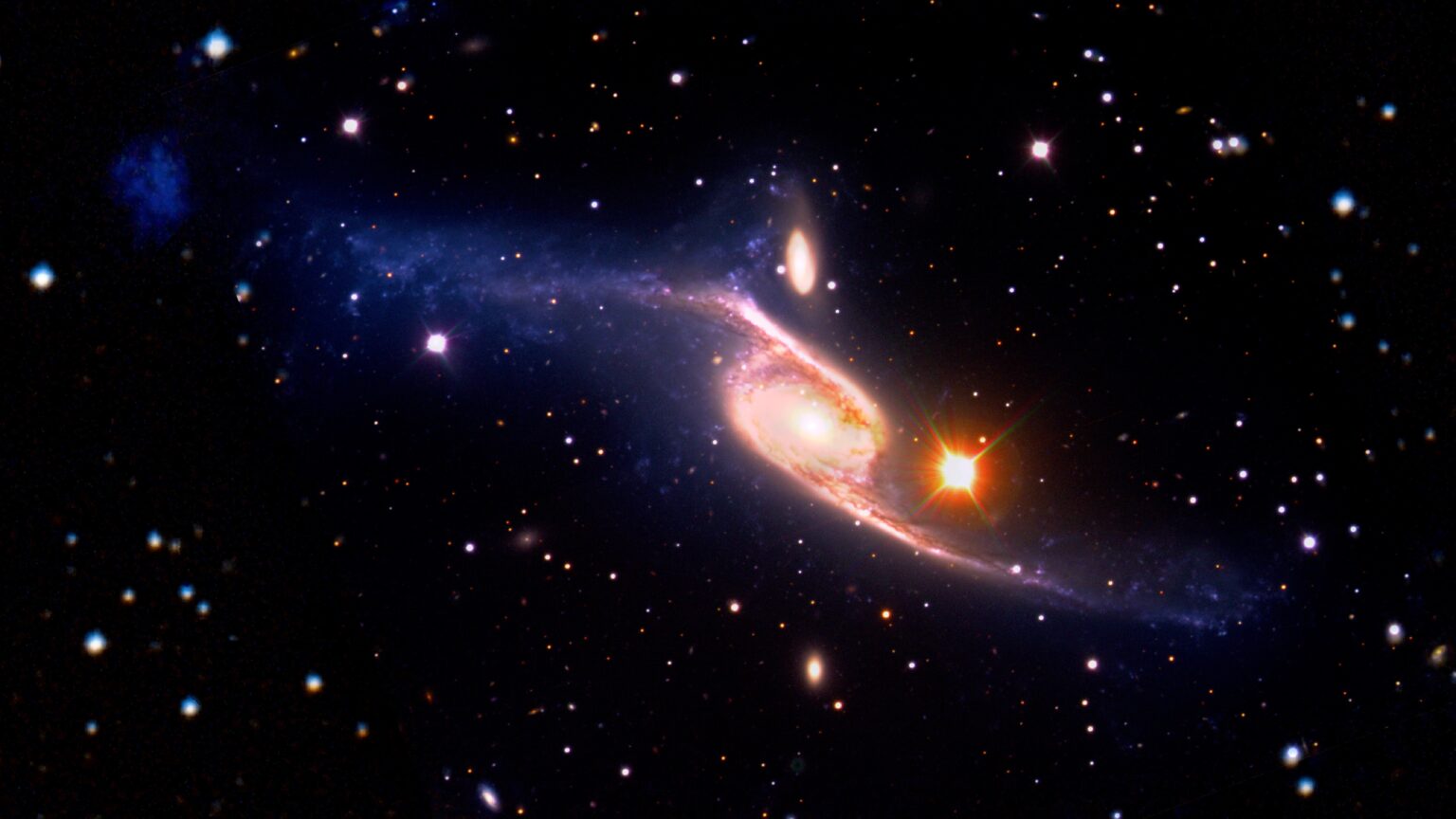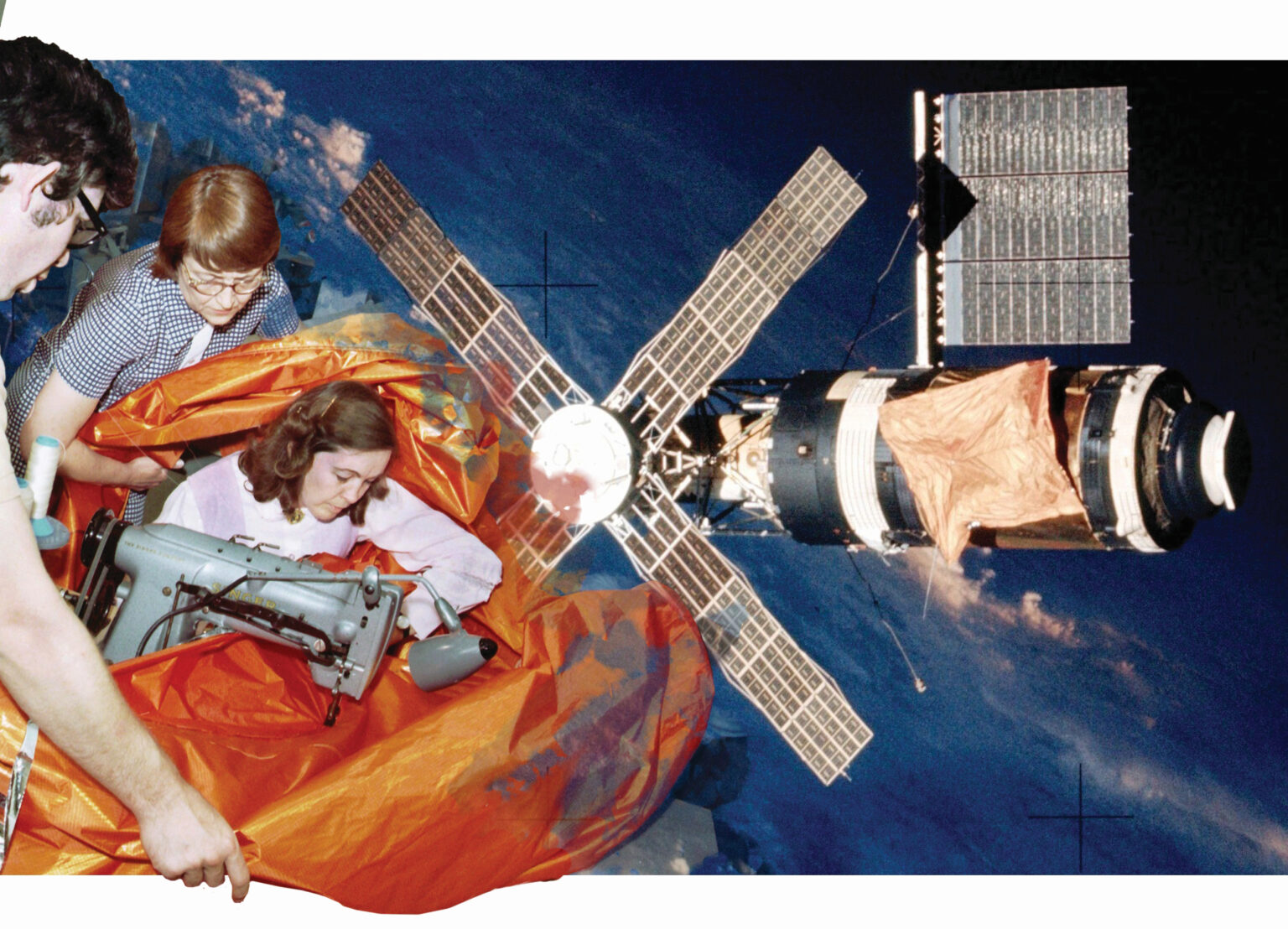Selection of the most interesting space news for the week: A meteoroid fell on France; the Maxar satellite showed the consequences of a devastating earthquake in Turkey; and we recommend watching five space films with a strong romantic storyline.

“We are a way for the cosmos to know itself.”
― Carl Sagan, Cosmos
Progress MS-21 lost the entire coolant
On February 11, the external circuit of the cooling system was depressurized on the Russian Progress MS-21 cargo spacecraft. As a result, it completely lost the coolant. Progress MS-21 was launched on October 26, 2022. It delivered 2,520 kg of supplies to the ISS. After unloading, the station crew moved various debris on board the spacecraft. Progress MS-21 was scheduled to undock from the ISS on February 18, after which it would be sunk in the Pacific Ocean. On December 15, 2022, a coolant leak occurred from the cooling system of the Soyuz MS-22 spacecraft docked to the ISS, making it unsuitable for astronauts to return to Earth. After the second consecutive cooling system failure, Roscosmos had to announce the postponement of the Soyuz MS-23 launch to early March.
SpaceX abandons plans to use offshore platforms to launch Starship
SpaceX has abandoned plans to turn two oil-producing platforms into launch pads for the Starship spacecraft. Nevertheless, the company still believes that in the long term, offshore launch platforms will definitely find their application. In 2020, SpaceX bought two oil production platforms, which were named Phobos and Deimos. The company announced its intention to turn them into launch pads for the new Starship spacecraft. In January 2021, Phobos arrived at the port of Pascagoula on the Gulf coast. Deimos joined it in March 2022. However, despite publicly announced plans for their re-equipment, according to eyewitnesses, the platforms were standing in the port without any visible activity.
Maxar satellite shows the consequences of a devastating earthquake in Turkey
NEW: @Maxar’s satellite imagery clearly reveals the multi-km-long surface rupture extending along the Gölbaşı-Türkoğlu segment of the East Anatolian Fault as a result of the 7.8 magnitude earthquake in southern Turkey. pic.twitter.com/915oWD9b1E
— Nahel Belgherze (@WxNB_) February 13, 2023
Earth observation satellites continue to assess the catastrophic damage in Turkey and Syria caused by a series of devastating earthquakes that occurred on February 6. Maxar Technologies shared new images of the horrific surface cracks when three lithospheric plates — the Anatolian, Arabian and African — collided on that fateful Monday. The earthquake in Turkey on February 6 was the strongest in the last few decades. Rescue operations are continuing slowly, especially on the Syrian side of the border, where the provision of assistance is complicated by years of civil war.
Once in a millennium: Recorded an extremely rare explosion in the Universe
Astronomers have recorded a record gamma-ray burst, which happens once in a thousand years. The radiation of incredible power was called GRB 221009A, the afterglow of which was recorded in October 2022. The power of the burst has been calculated and amounts to 18 teraelectronvolts of energy, which is considered the most powerful gamma-ray burst in history. According to the analysis, this exceptional flash is very different from ordinary gamma-ray bursts. Its light curve does not correspond to the theoretical descriptions of how this should happen, which indicates that GRB 221009A is something unique.
Heliosphere Explorer will be launched in 2025
The IMAP (Interstellar Mapping and Acceleration Probe) mission has successfully passed the technical project protection stage. This allows the manufacture of spacecraft components, their assembly and comprehensive testing.
The IMAP mission project was approved by NASA in 2018. It involves the construction of a probe that will be launched into a halo orbit around the Lagrange point L₁ of the Sun-Earth system. Its main objectives will be to study the mechanism of acceleration of solar wind particles and their interaction with the matter of the interstellar medium.
IMAP will be equipped with a set of ten scientific instruments to perform its tasks. Some of them are intended for the study of high-energy neutral atoms, some for the study of charged particles of the solar wind. The probe will also collect data on magnetic fields, cosmic dust and the structure of the solar wind.
Photo of the week

A recently published image shows the galaxy in the most detailed photo. It was obtained by combining the visible spectrum, ultraviolet and infrared radiation. All these data were obtained from the Very Large Telescope (VLT) of the European Southern Observatory and two space observatories GALEX and Spitzer, which had long ceased their work.
Interesting figure — 14 km/s relative to the Earth
On the morning of February 13, residents of France and England could see a very impressive celestial event: a bright fireball that arose as a result of the burning of a meteoroid in the earth’s atmosphere, which received the designation 2023 CX1. The peculiarity of the event was that it was predicted in advance. Its size was about one meter, it was moving at a speed of 14 km/s relative to the Earth. Calculations carried out by astronomers have shown that 2023 CX1 will enter the Earth’s atmosphere over the coast of Normandy.
Something to read on the weekend

Creators of films about space usually rely on spectacle and action. But at the center of any story, even the most replete with visual effects, there are still people, their feelings, and emotions. Including love. Commemorating Valentine’s Day, the team of The Universe Space Tech have compiled a selection of five noteworthy space movies, the scripts of which are built around a romantic storyline. And also in honor of the International Day of Women and Women in Science, we would like to tell you about several women standing behind the scenes of cosmonautics.
Follow us on Twitter to get the most interesting space news in time
https://twitter.com/ust_magazine
